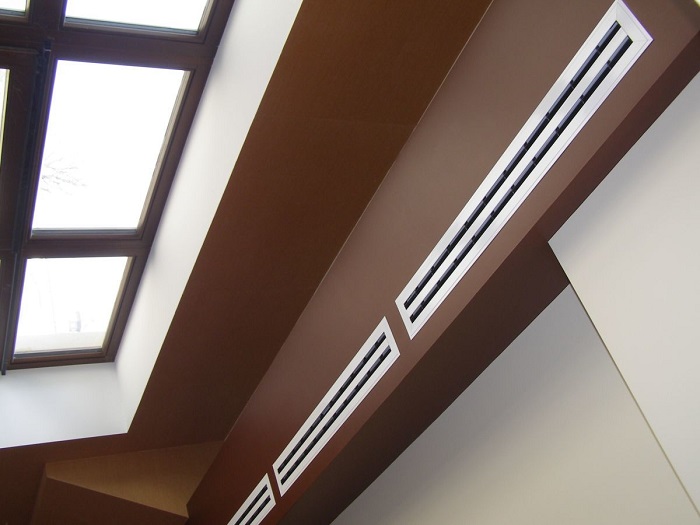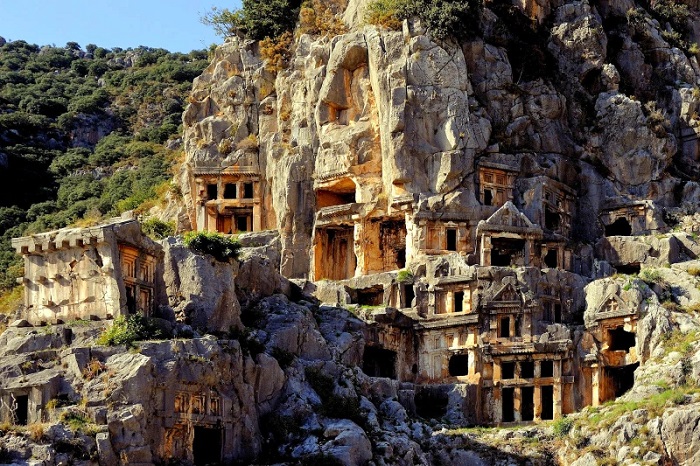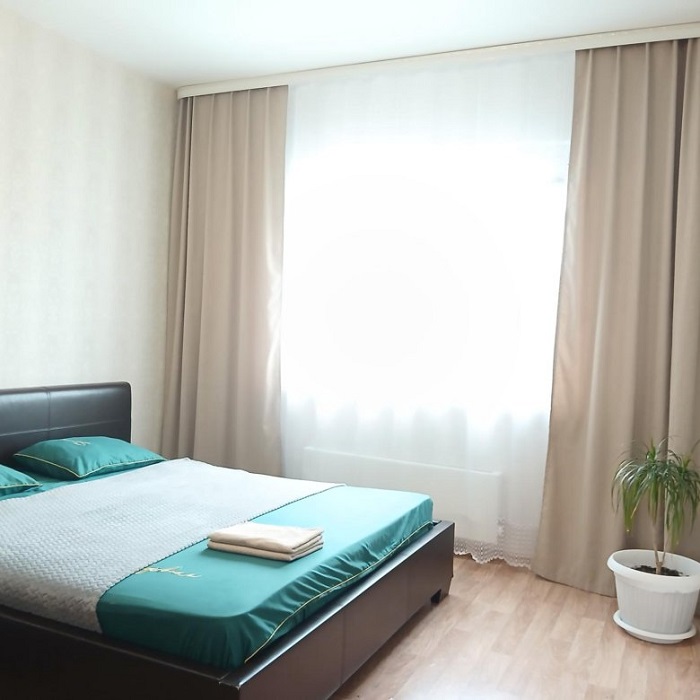To ensure a sufficient degree of thermal insulation, it is necessary to improve the materials with which the supporting walls of the buildings are erected. Recently, the construction has actively used blocks of sufficiently large size, containing pores in their structure. To fasten structures containing such blocks, a groove method is used not only in a row, but also in the corners of the wall. The clues in this case can be both ordinary and additional.
At the moment, there are approximately 30 types of similar mounts. Due to the unique structure, porous blocks have many different materials from standard materials. Moreover, the preservation of the terlle in the building will contribute to the addition of mineral and organic substances, it is they who contribute to the formation of pores in the material. This technology allows you to maintain high strength, but significantly reduces the mass of brick.
But how is the material from which porous blocks are made? When making the source material, voids are made inside. The consequence of these actions is a decrease in the density of brick. The mass also decreases, and with it thermal conductivity. As a result, it is possible to receive blocks of any shape and size, which significantly reduces the time necessary for the construction of the building. When using a standard time material, it would take much more.
Systems for fastening of new blocks are on the side faces, while the docking happens perfectly, since everything is done extremely accurately. Thanks to these factors, the building has high strength. It is important, modern technologies are quite economical, since there is no need to fill vertical seams with a solution, which is why the heat lasts longer in the building. The degree of accuracy of fastening of the blocks is so high that it cannot be compared with the traditional method of masonry brick.
As a result, new material provides fire resistance, sound permeability, strength and durability. Also, the material with pores improves the microclimate in the building, I make living in it convenient. In environmental friendliness, the new material is comparable to the tree.
Porous ceramics contributes to natural moisture and temperature indicators.
So, it can be argued that innovative material will soon become the most popular and will replace the brick.









Leave a Reply
View Comments